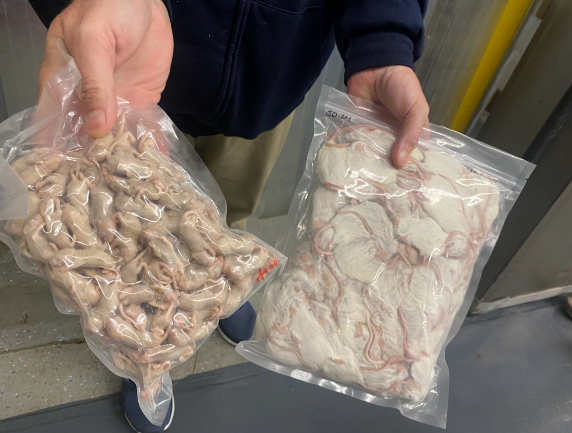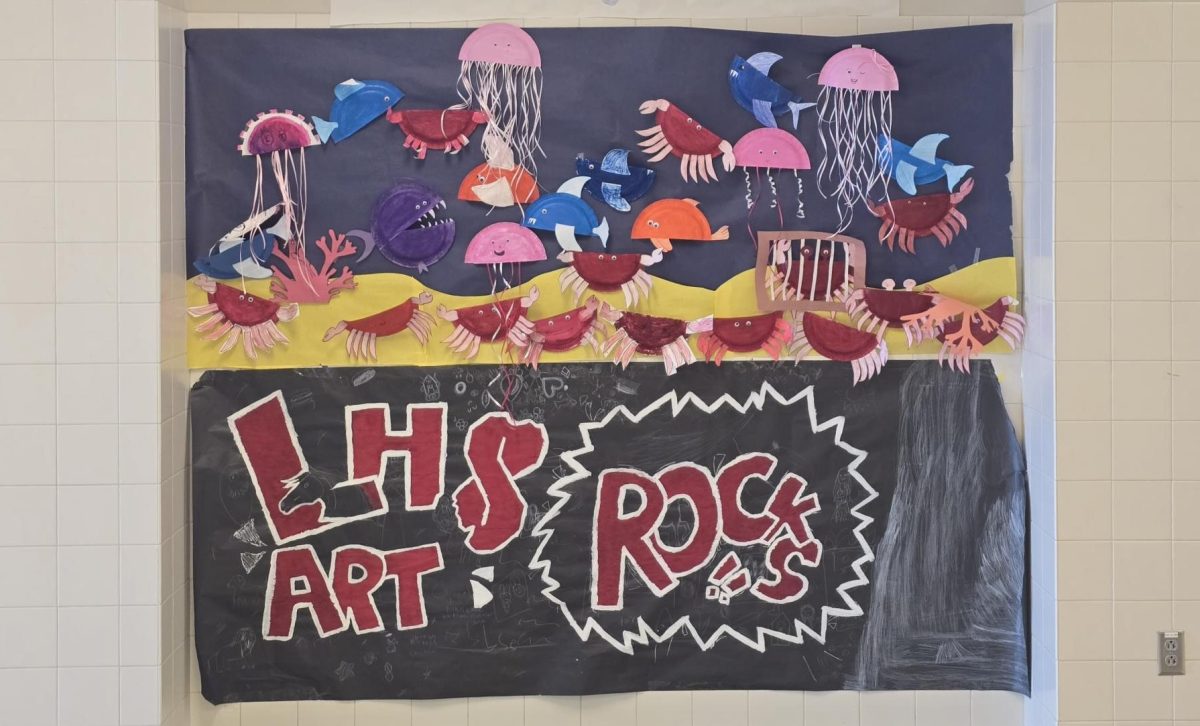Within the heart of Washington D.C, the Smithsonian Zoo is set to welcome two new fascinating residents, a Bat-eared Fox and a Canadian Lynx.
The old Bobcat exhibit will serve as their enclosure and is currently under construction to prepare the area for the arrivals
Craig Saffoe, the curator of large carnivores lions, tigers, and monkeys at the Smithsonian National Zoo, has elaborated that the two new exhibits will be for a Bat-eared Fox, and a Canadian Lynx.

Many factors are taken into consideration when introducing a new animal to the zoo. Saffoe shared some of these crucial questions being discussed by staff. Some of these questions include: “Where are you going to put that animal during inclement weather? Is there enough housing to hold that animal? Is the housing appropriate? Are you thinking of bringing in an animal that has a low threshold for heat, [or] a low tolerance for heat, in which case you have to be able to provide cooling? Are you bringing in an animal that has a low tolerance for cold so you have to provide heat? Are you bringing in an animal that climbs and could get out of an exhibit that does not have a top on it, which most of our cats are like that except lions and tigers.”
The Association of Zoos and Aquariums (AZA) plays a huge role with the transportation of animals, which is described as the network of Zoos Smithsonian coordinates with helps to manage populations of endangered species.
As Saffoe said, “Together, we try to manage populations of animals that we can kind of be like the harbor for. So that if something catastrophic happens, we still have the genetic material. We still have the animals alive.”
In order to prepare for the new animals, the enclosure must be custom-designed to ensure the animals cannot dig or climb their way out of the enclosure. This is an essential part of the planning, particularly for the Canadian Lynx, which the zoo does not anticipate breeding.
“[You have to think about what the housing, indoor housing, off-exhibit space is going to look like; [it] is small,” Saffoe said. “It’s adequate for the cats, but it’s small, too small for breeding … too small to have [a cat] along with kittens in there.”
According to Saffoe, who will be the curator for the new exhibit, the bat-eared fox holding, which used to hold a caracal, is big, especially considering the size of the animals that will be taking its place. Saffoe said the zoo’s intention is to breed the black-eared foxes.

The animals will be in quarantine for a minimum of two weeks and possibly up to a month, unless there is something wrong with the animal. If the Lynx and the Bat-eared fox, who will be joining the Smithsonian, are not arriving from an AZA-affiliated zoo or vet, blood tests will be run on the animals.
Another crucial factor in acclimating an animal to a new zoo is creating their diets. A nutritionalist comes in and examines the animals and uses this data to formulate an ideal diet for each animals. At the Smithsonian Zoo, Bill Clements is the director of commissary and works with the institution on what the animals’ diets are and slowly weans them off of the diet from their previous holding He does this 10% at a time, when introducing the animal’s new diet the nutritionist has planned.
Clements shared more detailed information about the planned diet for the Canadian Lynx.
“So our big animals are tigers and lions and, you know, 200 pounds,” Clements said. “These [new animals] are small guys. They currently get a product called Nebraska beef, which is a ground up beef similar to hamburger that’s fortified with vitamins, minerals, calcium and other ingredients to make it more like they’re eating the whole animal.”
Clements added that the new cats will also probably receive whole prey as part of their diet, which would include either rats, mice or rabbits, which are bought frozen from USDA inspected breeders who raise these animals for zoo consumption.

Clements shared that the incoming lynx will receive around 250-500 grams of meat per day to fill the diet regimen that was curated by the specialist in the commissary department. Enrichment foods will also be incorporated into the new animals diets, such as fruit, peanut butter and ice treats, which are all created within the kitchens in the commissary building.
The arrival of the bat-eared fox and Canadian lynx at the National zoo marks an exciting new chapter for both the institution and its visitors. The new exhibit not only enhances the zoo’s diverse collection of animals, but the introduction of these animals serves as an educational opportunity for the staff and patrons of the zoo. Furthermore the zoo continuously pushes for wildlife conservation.













